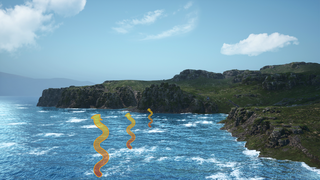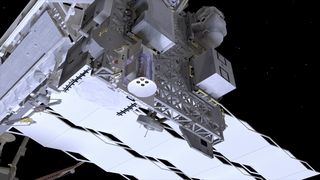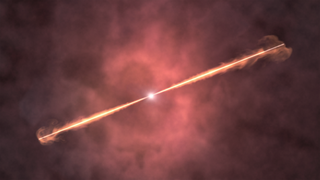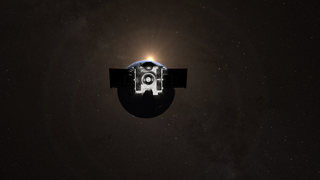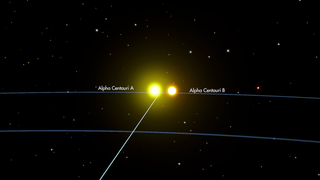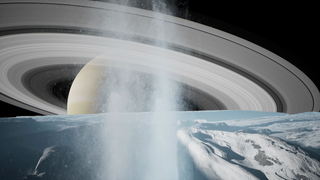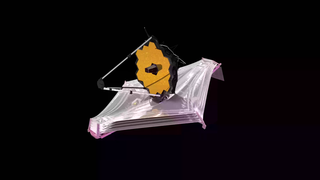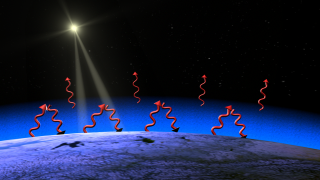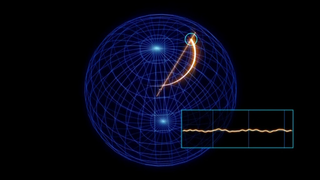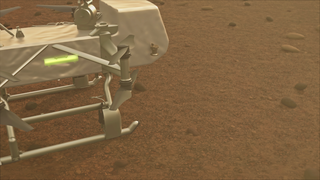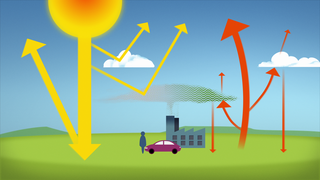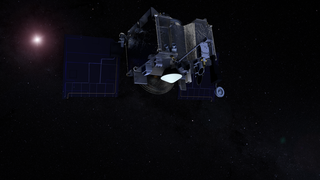Earth
ID: 20023
Black soot may contribute to melting glaciers and other ice on the planet and eventually a warmer Earth. Traveling potentially thousands of miles from its sources on air currents, this pollution eventually settles out of the air, onto land and into the oceans. On ice and snow, it darkens normally bright surfaces. Just as a white shirt keeps a person cooler in the summer than a black shirt, the vast stretches of polar ice covering much of the planet's top and bottom reflect large amounts of solar radiation falling on the planet's surface, helping regulate Earth's temperature. Soot lowers this albedo, or reflectivity, and the ice retains more heat, leading to increased melting.
Soot-darkened ice retains more light, contributing to the process. As light is absorbed, the environment is heated, thus intensifying a feedback loop: a warmer planet yields more ice melting and thus an even warmer planet.
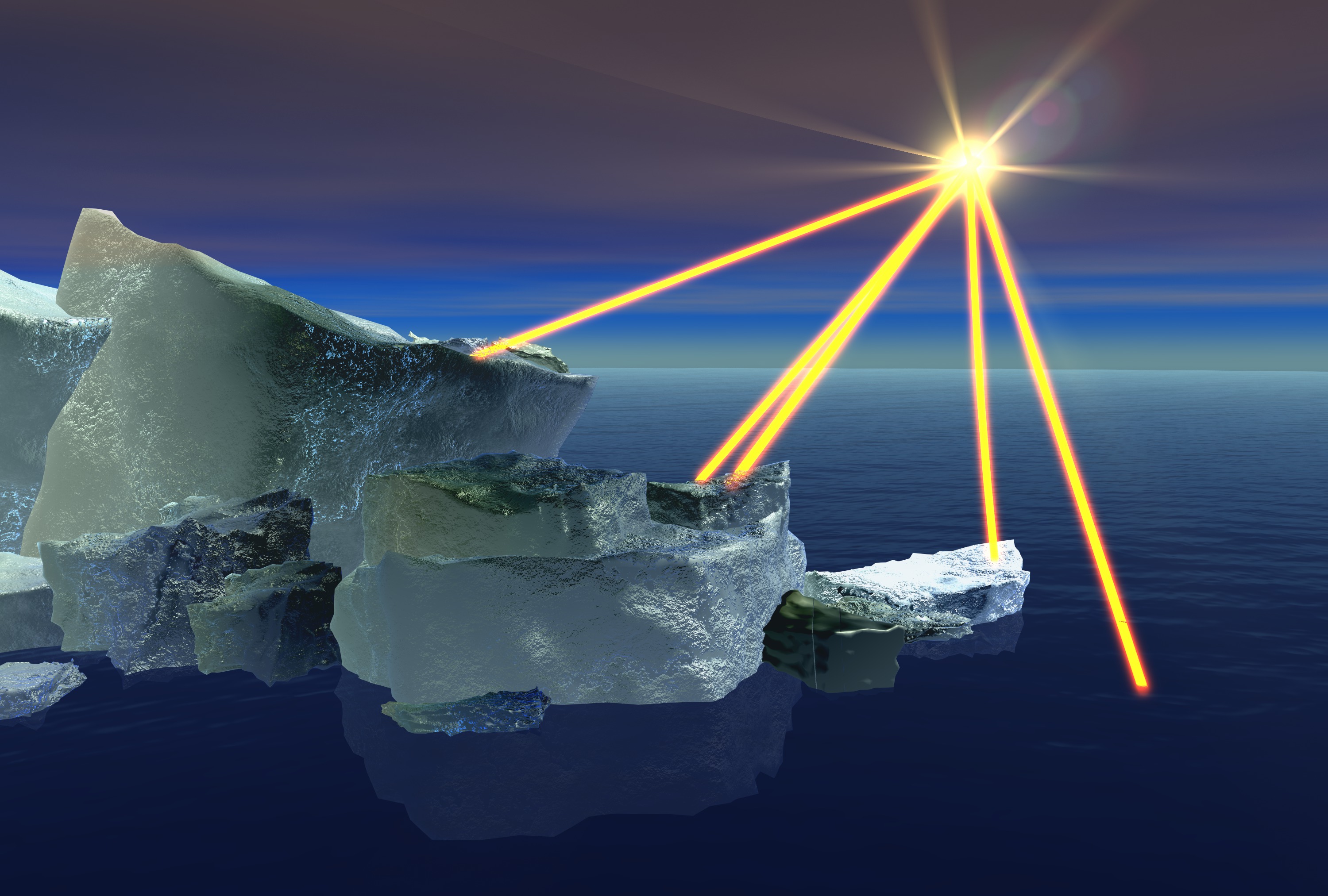
Ice Albedo: Black Soot and Snow
Soot-darkened ice retains more light, contributing to the process. As light is absorbed, the environment is heated, thus intensifying a feedback loop: a warmer planet yields more ice melting and thus an even warmer planet.

Animation Credits
Susan Twardy (HTSI): Lead Animator
James Hansen Ph.D. (NASA/GSFC GISS): Scientist
Kathryn A. Stofer: Writer
James Hansen Ph.D. (NASA/GSFC GISS): Scientist
Kathryn A. Stofer: Writer
Please give credit for this item to:
NASA/Goddard Space Flight Center Conceptual Image Lab
NASA/Goddard Space Flight Center Conceptual Image Lab
Short URL to share this page:
https://svs.gsfc.nasa.gov/20023
Goddard TV Tape:
G2003-069
Keywords:
SVS >> Byrne
SVS >> Global Warming
SVS >> Gonnelli
SVS >> Ice Albedo
SVS >> Pollution
SVS >> Reflectance
SVS >> Reflectivity
SVS >> Soot
GCMD >> Earth Science
SVS >> Copenhagen
NASA Science >> Earth
GCMD keywords can be found on the Internet with the following citation: Olsen, L.M., G. Major, K. Shein, J. Scialdone, S. Ritz, T. Stevens, M. Morahan, A. Aleman, R. Vogel, S. Leicester, H. Weir, M. Meaux, S. Grebas, C.Solomon, M. Holland, T. Northcutt, R. A. Restrepo, R. Bilodeau, 2013. NASA/Global Change Master Directory (GCMD) Earth Science Keywords. Version 8.0.0.0.0
https://svs.gsfc.nasa.gov/20023
Goddard TV Tape:
G2003-069
Keywords:
SVS >> Byrne
SVS >> Global Warming
SVS >> Gonnelli
SVS >> Ice Albedo
SVS >> Pollution
SVS >> Reflectance
SVS >> Reflectivity
SVS >> Soot
GCMD >> Earth Science
SVS >> Copenhagen
NASA Science >> Earth
GCMD keywords can be found on the Internet with the following citation: Olsen, L.M., G. Major, K. Shein, J. Scialdone, S. Ritz, T. Stevens, M. Morahan, A. Aleman, R. Vogel, S. Leicester, H. Weir, M. Meaux, S. Grebas, C.Solomon, M. Holland, T. Northcutt, R. A. Restrepo, R. Bilodeau, 2013. NASA/Global Change Master Directory (GCMD) Earth Science Keywords. Version 8.0.0.0.0
